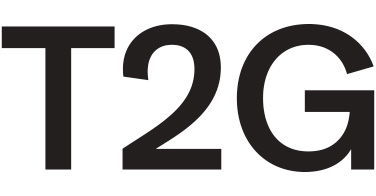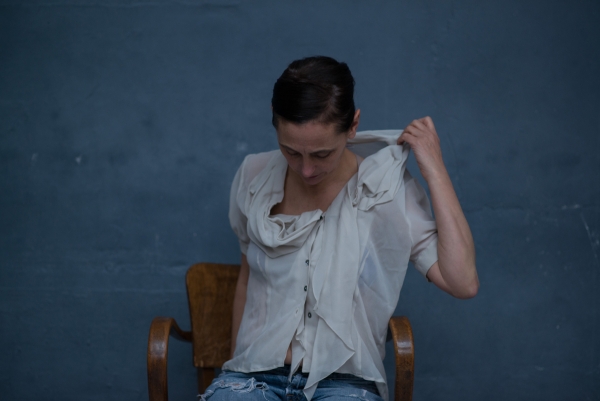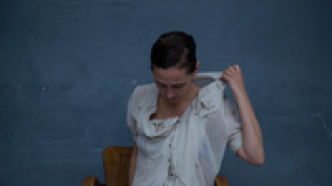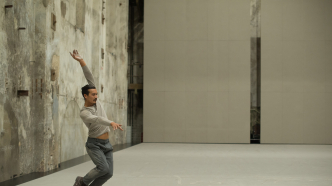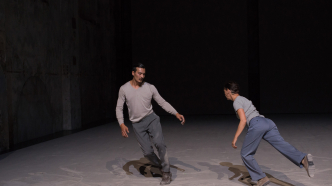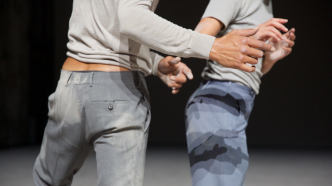Anne Teresa De Keersmaeker Die Weise von Liebe und Tod des Cornets Christoph Rilke
[Dance]Each of Anne Teresa de Keersmaeker’s creations gives us the opportunity to discover a new item in her collection of cherished objects. These are objects or works that have had an overwhelming, immediate effect on her, bringing new ways of linking together body, voice, music and stage. Ever since she began investigating the music of Steve Reich, music has of course never been far away from her work - but also texts, and images, transforming the potential of her dance and constantly prompting her to rethink her work. In her solo piece set to Mahler’s The Song of the Earth, in a duo set to Bach’s Sonatas for Solo Violin, or more recently, in Golden Hours (As You Like It) in which she combined the music of Brian Eno with texts by Shakespeare, we saw the invention of a sparse, pared down form of syntax. The aim was to create a form of exchange, in which the staging and choreographic writing allow the resonances between the moving bodies, notes and gestures to be heard.
How can we bring out the movement of a scansion, a style? How can we make a text dance without enslaving it to its meaning, its history? How can we enrich it with all its interior nuances? How do we set about choreographing the unsaid, those zones of turbulence and inner meanings that the text generates? Rainer Maria Rilke’s verse and prose writing searched far and wide for a form of musicality based on all the resources that language can offer. This desire to delve more deeply into his work has never left her, and Anne Teresa de Keersmaeker finally fell for a work dating back back to his youth, The Lay of the Love And Death of Cornet Christoph Rilke.
From out of this story woven with heroism and eroticism, she has extracted a choreographic score in which breath and the voice underline the different rhythms, scratching the surface of the words. This has enabled the choreographer to “explore the interstices that Rilke’s work unveils... These twilight areas between breathing, spoken word and song, masculine and feminine, lyrical and prosaic.”

